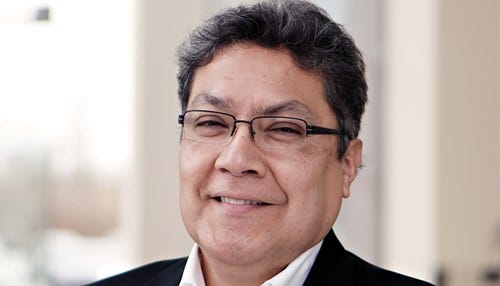The Human Side of Digital Transformation: Dealing With The Monkeys in Your Brain

Subscriber Benefit
As a subscriber you can listen to articles at work, in the car, or while you work out. Subscribe Now"It’s not the strongest of the species that survives nor the most intelligent that survives. It’s the most adaptable to change," said Charles Darwin. Throughout digital transformation discussions with executives (in and outside of IT), one of the most common conversations is the complexity and challenge surrounding change. Bottom line, change is hard, requires knowing yourself and embracing differences to continue growing your business. Are you ready?
I heard recently about a CIO who requires every employee in his organization to regularly spend time in a customer-facing role to increase empathy and understanding. Approaches such as this can have a profound effect. IT professionals need to embrace change since digital transformation requires IT to shift from a traditional cost- or governance-driven function to an innovative and revenue-generating function. This will enable IT to remain strategic and impactful to your end customers and your products and services.
Here are some other ways IT departments and business leaders can partner to understand the business and customer:
- Experience a-day-in-the-life of your business partner, including shadowing different businesses within your company, particularly those customer-facing roles.
- Create a cross-functional team to develop your company’s book-of-dreams or aspirations.
- Use that cross-functional team to develop a value-chain map that visually shows where, in the lifecycle of your business, the company has the strongest or weakest value propositions.
- Swap executive roles to understand each other’s functions.
As business and IT teams begin to see each other’s point of view, one thing is certain–change will follow, particularly transformational change (also known as adaptive change).
Overcoming barriers to transformational change
Organizational change management was a hot topic at two recent digital transformation conferences. Change is one the biggest road blocks we all face. It is deeply personal, especially transformational change. Leading change, enabling change or being influenced by change requires deep self-awareness. You can’t lead others into a new or different path if you don’t understand your own biases, limitations and triggers or know how to manage them. Consider these ideas:
Failing fast means learning faster
Part of the change process is failure. In many ways, failure is the best way to learn. I encourage you to make this part of your change process. This is a foundation for digital transformation to enable a learning culture that gets better every day, every week, and every month. Such a culture raises the entire organization’s threshold for change, which in turn enables more and more innovative thinking and makes current and future business efforts far more sustainable. A great way to start is by experimenting. Beth Comstock, former vice chair of General Electric, challenges her followers to commit to experimentation by trying a different format of presentation or having a different customer conversation.
Ask Why Not?
As you are confronted with change you don’t want to embrace or you don’t agree with, consider the technique of asking yourself, “Why not?” multiple times. You’ll get to the root cause of why you are pushing back, which is typically a personal reason, fear or concern. Most of the time, you’ll discover the resistance to change has little to do with a real business issue. This also works well in change discussions with business partners, management or customers.
Make it a mindset
Transformational change needs to be a mindset that drives and inspires you. Be comfortable being uncomfortable. Olympic athletes often channel positive anxiety to win gold medals. Find what inspires you to transform, dialing in on your own personal and professional motivations.
Change starts with you, me and us. As a practitioner in this space, I’ve learned this is a never-ending journey. Every day can be a new learning experience to uncover “the monkeys in your brain,” as my friends in China would say. One of the essential first steps is understanding our own barriers, learning old behaviors we need to unlearn, and reflecting on what triggers them. Only then can we be effective at influencing and leading others to drive transformational change.
Robert Lescano is vice president of solutions at DMI.
